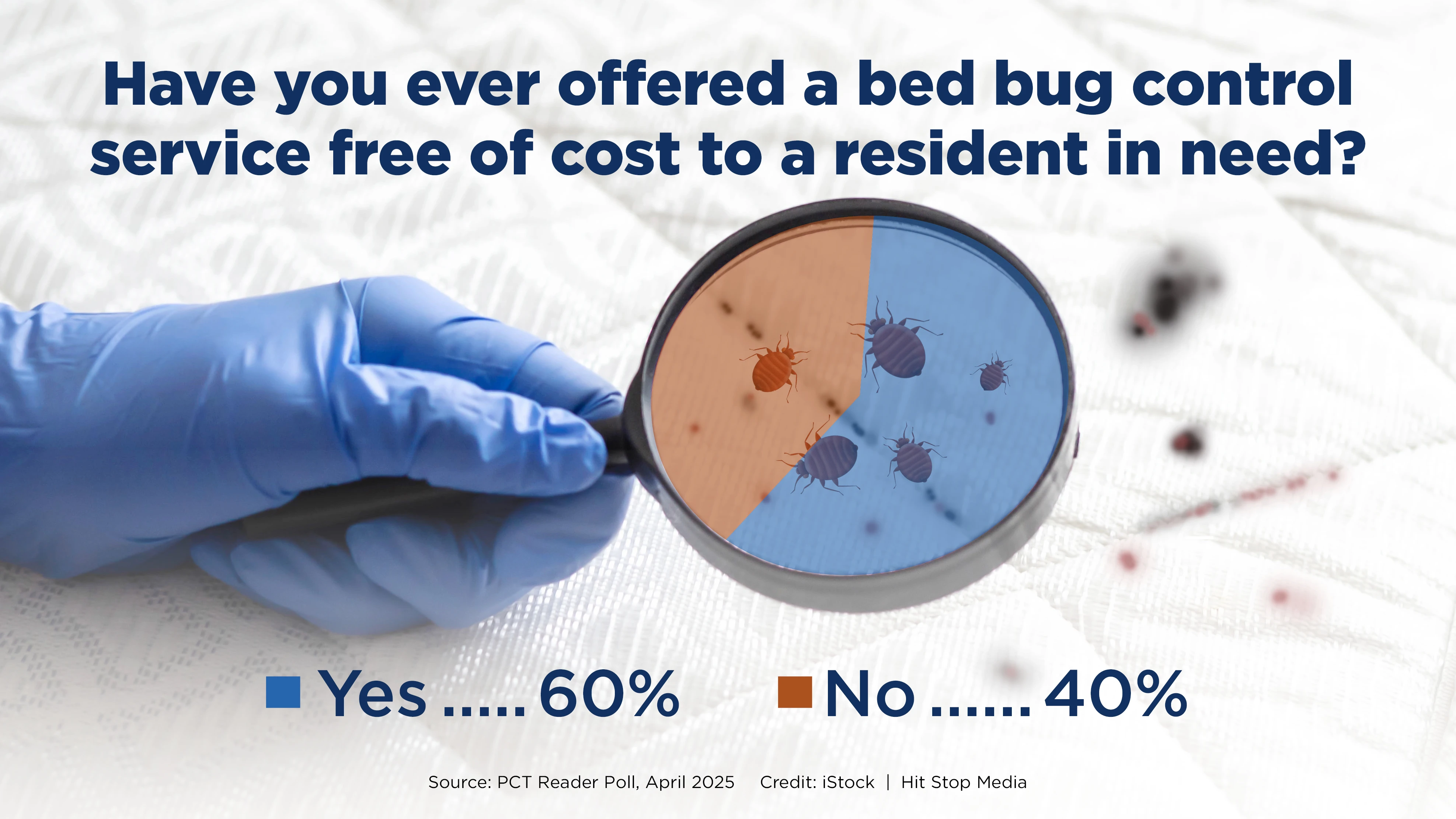A topic increasingly in the news, and generating legislation, is mold remediation. “Fifty-eight separate bills have been proposed in 28 states as legislators grapple with growing public concern about the mold nuisance,” said Kevin Sodhi, director of research and development, Caltex International, Syracuse, N.Y. Caltex offers full-service mold remediation dealerships.
WHAT IS MOLD? Mold is a fungus that occurs indoors and outdoors, and produces spores that become airborne. Problems begin indoors when the spores come in contact with water and a food source. “Mold thrives in cellulose,” says Greg Steinmetz, director of Aetna Building Services’ Industrial Services Group, Columbus, Ohio.
Typical materials that support mold growth include paper, cardboard, wood and plasterboard. If these substances get wet and are not dried thoroughly, they become prime targets for mold growth. Unwanted moisture may be found in basements and crawl spaces, under sinks with leaky pipes or faucets, and in roof-damaged attics.
In addition to these scenarios, one causal effect Steinmetz said is that houses are built “tighter” now. This can lead to indoor air becoming stagnant. Without proper air circulation, moisture builds up, which can contribute to mold problems.
“Molds produce allergens which can cause allergic reactions,” Sodhi said. Symptoms may range from upper respiratory illnesses, coughing and headaches to depression. In some instances, asthma and a loss of hearing or sight are possibilities. “Individuals with compromised immune systems may be more susceptible to the health effects of mold,” he added.
ADD-ON OPPORTUNITY? “During a termite inspection,” Sodhi said, “it is usually fairly easy to spot mold.” Since termite inspections typically involve basements, crawl spaces, attics and exterior wood surfaces, technicians are searching the same areas where mold is most prevalent.
“There are many more mold jobs occurring than the existing number of remediators can keep up with,” Sodhi said. He estimates that larger remediations can be billed in a range of $7,500 to $10,000, with smaller jobs at $2,000 to $3,000. Additionally, mold remediation can be performed year round.
Sodhi also notes that, in Florida, the remediation company must maintain at least a $1 million general liability insurance policy containing mold insurance and a pollution rider.
In his experience, Steinmetz has seen companies use bleach to clean structures inhabited by mold. This does not kill the root structure of mold or address the moisture problem, he said. “If you’re going to do the job, do it right,” Steinmetz added.
Those seeking additional information regarding mold remediation can contact Caltex International at 800/676-1041 or www.caltexinternational.com. The company offers training, support and resources to companies interested in mold remediation. The company says it offers a quick, effective remediation process that kills mold and retards its regrowth, ensures elimination of moisture problems and protects others areas of customers’ structures from mold via partitioning and safety measures.
The author is a frequent contributor to PCT magazine. She can be reached at dtaylor@giemedia.com.

Explore the October 2005 Issue
Check out more from this issue and find your next story to read.
Latest from Pest Control Technology
- Target Specialty Products, MGK Partner for Mosquito Webinar
- Cockroach Control and Asthma
- FORSHAW Announces Julie Fogg as Core Account Manager in Georgia, Tennessee
- Envu Introduces Two New Innovations to its Pest Management Portfolio
- Gov. Brian Kemp Proclaimed April as Pest Control Month
- Los Angeles Ranks No. 1 on Terminix's Annual List of Top Mosquito Cities
- Kwik Kill Pest Control's Neerland on PWIPM Involvement, Second-Generation PCO
- NPMA Announces Unlimited Job Postings for Members





